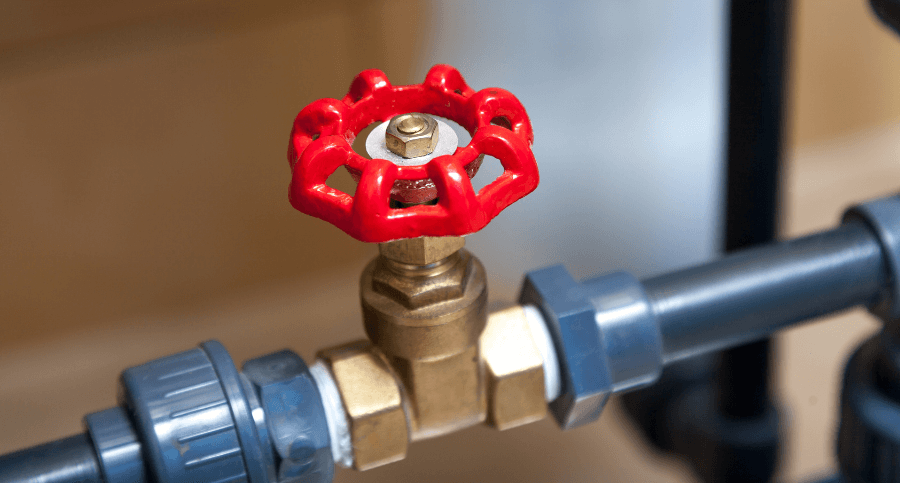Water is fundamental for human survival, the production of food, and for the thrivability of plants, animals, and natural ecosystems. When water is scarce, the consequences can be catastrophic.
What is water theft?
Water theft is a global issue that occurs when companies and individuals steal water (Loch, 2020). It can mean taking water from lakes and other natural sources or stealing treated water without paying for it. One of the most concerning issues with water theft is when water is taken that breaches environmental guidelines (Felbab-Brown, 2017).
Who are the culprits?
Typically, agricultural practices are to blame. Did you know, agriculture accounts for around 70% of the global water use? Agriculture both adds to and is negatively impacted by water theft. As the predominant user and the biggest polluter of water resources in many regions, agriculture and water management go hand in hand.
Governments also have a huge part to play. Policy changes that address issues on both the farm and national levels can make all the difference.

What’s driving water theft?
One of the main reasons that water theft is becoming a more prominent global issue is uncertainty. Natural variations in rainfall due to the negative effects of human activity have resulted in less predictable and often less frequent water supplies.
Droughts around the world over the past decade have had palpable negative consequences for agriculture. According to a report by the World Meteorological Organization, by 2050, the number of people at risk of floods will increase from its current level of 1.2 to 1.6 billion, and those living in severely water-scarce areas could rise to 3.2 billion.
Rising urban populations lead to increased competition for water supplies. It’s not just about more people drinking water. The energy and industry sectors expand their water usage to keep up with swelling populations. In addition, the planet’s population has quadrupled over the past 100 years and water consumption has increased sevenfold.
Lack of policing and effective monitoring means that water is being stolen with very few consequences for thefts.
The policing of water needs to become a part of the menu of tools that communities and policymakers have to ensure an adequate, equitable, and sustainable use of water for people, agriculture, industries, and natural ecosystems.
Brookings, 2017
Where is water theft an issue?
A study by Nature Sustainability attributed water theft to uncertain supply and growing demand. It concluded that although individuals and businesses aren’t without blame, the issue represents a ‘systematic failure’ of political, legal, and institutional activities.
In America, researchers revealed that marijuana growers were stealing water from fire hydrants without adequate permissions.
In Spain, the study uncovered that regulators who tried to stop agricultural users from stealing water were often attacked. Moreover, the Spanish Ministry for the Environment estimates that there are 510,000 illegal wells in Spain.

In 2020, there were widespread arrests of farmers in India when it was discovered that stolen water was being diverted from canals and damns into their own fields. A damn reservoir in Nathsagar has numerous illegal water pumps that are used to extract water without permission.
The Murray-Darling river in New South Wales, Australia has been at the centre of a water theft debate in recent years that has alarmed the public and exposed a more sinister side to water (mis)management. The Murray-Darling basin covers almost a seventh of the Australian continent and, ‘rogue irrigators’ are purported to have stolen billions of litres of water from it.
Illegal pumps so powerful, they make the river flow upstream. Massive hidden dams. Top government officials apparently shutting down active investigations, leaking confidential documents and helping irrigators find loopholes to abuse the rules. And more.
Australian Conservation Foundation
What can be done?
Water theft is undoubtedly a global problem. Although individuals and companies have a part to play in counteracting water theft, governments hold the real power.
When the real value of water is acknowledged, adequate systems can follow. These systems can include appropriate penalties for water theft, increased research into water distribution, and the development of effective monitoring systems.























